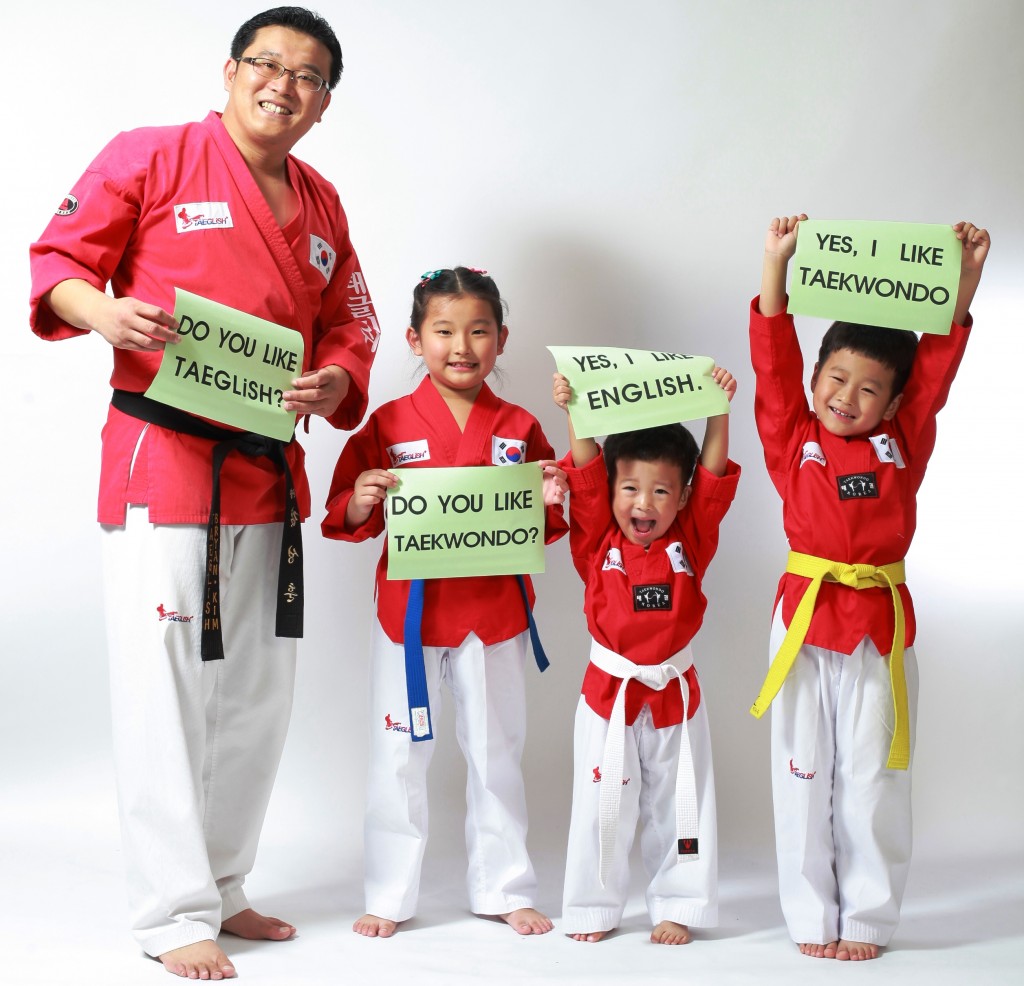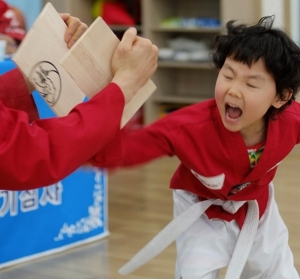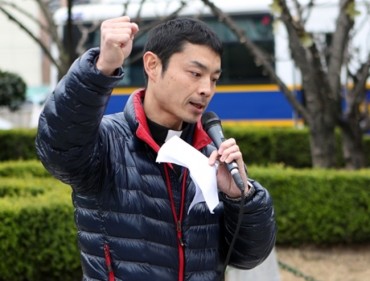
The “education fever” of Korean “tiger moms” is already world famous. But it is most evident in English education as most parents believe English language acquisition makes or breaks the child’s future. (image: Taeglish)
SEOUL, South Korea, Oct 10 (Korea Bizwire) — Congresswoman Kim Sang-hee (Democratic Party) revealed on October 10 based on a survey on 5,460 parents with schoolchildren that 71 percent of the kids get private tutoring before going to elementary school. The types of private education included home-study material subscription for the Korean language (58.3%), English lessons at kindergartens and preschools (48.5%), and math home-study materials (55.7%).
As for average monthly cost for the private lessons, it was less than 100,000 won for most families but in some cases it was in excess of 500,000 a month for 7.9 percent of households. The percentage of families who started private education before the child is three years old was 27.8 percent.
The “education fever” of Korean “tiger moms” is already world famous. But it is most evident in English education as most parents believe English language acquisition makes or breaks the child’s future. The Korean students spend more than 15 trillion won for ten years from middle school to college on English lessons alone, according to a 2006 estimate by private think tank Samsung Economic Research Institute.

Taekwondo taught in English has swept the already English-fired-up nation, with educating children in English long having been a craze among Korean parents. (image: Taeglish)
Still, English remains an insurmountable barrier for most Korean students. Survey results in 2009 by Incruit, a job portal, based on questions to 314 job searchers said more than a half of them picked English interviews the hardest hurdle to pass out of all job tests. Then there must be something seriously wrong about the way we teach the lingua franca to our children.
To address this mismatch of extremely high spending on English learning and the miserable end result, Kim Sung-Hoon came up with a new teaching method called “Taeglish” and challenges the whole language learning market. Kim, former Taekwondo master and a masters degree holder of the Korea University Graduate School of Interpretation and Translation, said, “What matters more for anyone to speak English better is confidence.” Since 2001 when he began his language school for preschoolers, he has taught thousands of kids the language while at the same time instilling confidence through Taekwondo lessons.
For example, he demands his pupils to speak English for all verbal expressions in Taekwondo practice, as well as simple songs and greetings, which makes it more fun to learn. He believes that speaking while doing something can enhance the memory abilities of the learners. His Taeglish lessons teaching the language and the martial art at the same time are also inexpensive at 70,000 to 100,000 won a month.
Since a few years ago his company has begun offering a certification program for Taekwondo-English teachers called “Tae-Koreans.” Under this program, as many as 490 new teachers have so far been produced in 18 separate rounds. The program applicants have diverse backgrounds, from former black-belt holders of other martial arts such as aikido, karate, kendo (sword martial art), and judo, to former English teachers with no background in combat technique, and to those preparing to immigrate to overseas and looking for business opportunities in that area.

Under this program, as many as 490 new teachers have so far been produced in 18 separate rounds.(image: Taeglish)
Already, some Taeglish teachers are active in promoting Korean culture in foreign lands. Chung Seon-hee, a Tae-Korean living in Kenya’s Nairobi, has taught Taekwondo and English to children in the low-income neighborhood of Kibera within the capital city, one of the world’s biggest slums. After returning home completing her stint as a volunteer, she said, “I found Taeglish was a highly effective tool to teach Taekwondo and English, as well as Korean. This is the best means ever to spread our Korean Wave culture.”
Given we are spending fortunes every year to educate our children the foreign language and still see little results, why don’t you think about a new way to save expense while boosting confidence to our kids?






